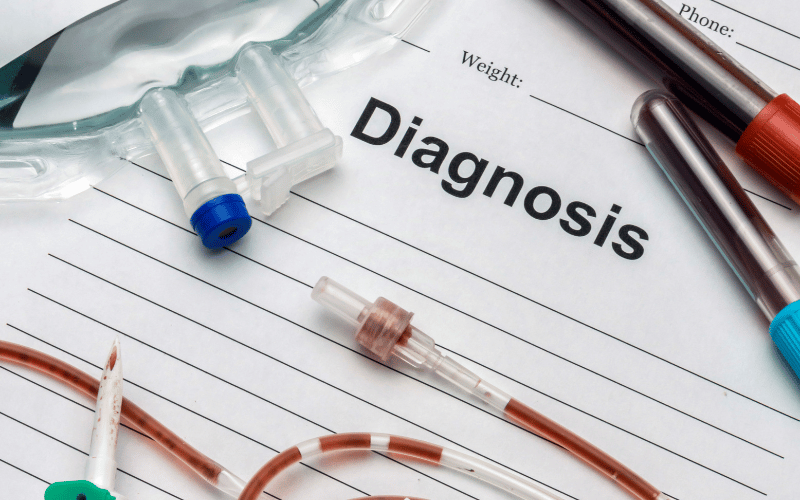Fact 4: Diagnosis Techniques

Suspecting a gastric ulcer and confirming it are two different things. Modern medicine has provided us with a range of diagnostic techniques to pinpoint the presence, size, and location of ulcers, ensuring targeted treatment.
Endoscopy remains a front-runner in ulcer detection. In this procedure, a thin, flexible tube with a camera attached (an endoscope) is maneuvered down the throat into the stomach. This gives physicians a clear, real-time view of the stomach lining, allowing them to spot ulcers, gauge their severity, and even take tissue samples if needed.
Another diagnostic tool at a doctor’s disposal is the barium swallow X-ray. Before the X-ray, patients drink a thick white liquid (barium), which coats the digestive tract, providing better contrast on the X-ray. While it might not offer the detailed view an endoscopy does, it can effectively highlight abnormalities like ulcers.
Since H. pylori bacteria is a significant cause of ulcers, doctors might recommend tests to detect its presence. These could range from blood tests, checking for specific antibodies, to breath tests, where patients consume a drink containing radioactive carbon and then exhale into a bag. If H. pylori are present, they break down the drink, releasing the carbon, which is then detected in the breath.
It’s not just about identifying the ulcer; it’s about understanding its context. Is there an infection? How severe is the ulcer? Are there early signs of complications? These diagnostic tools, used singly or in tandem, paint a comprehensive picture, enabling personalized treatment plans for patients. (4)